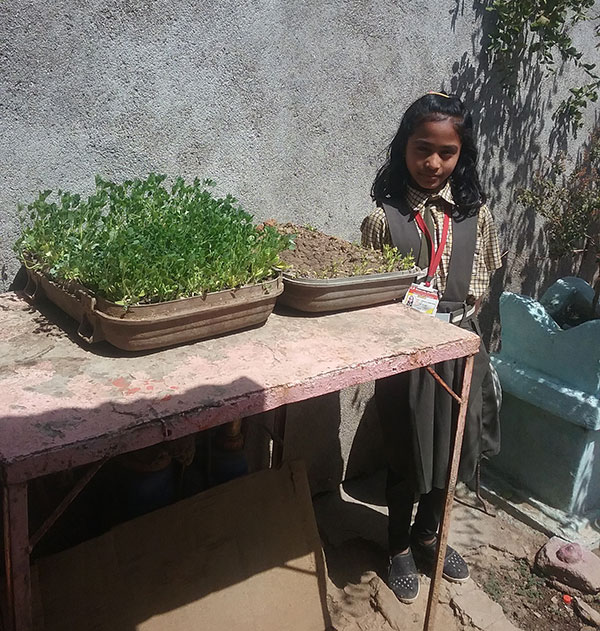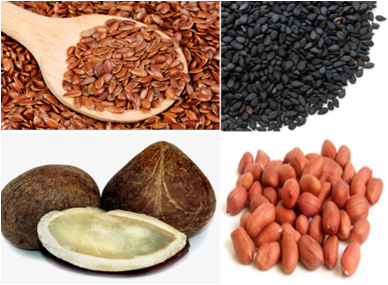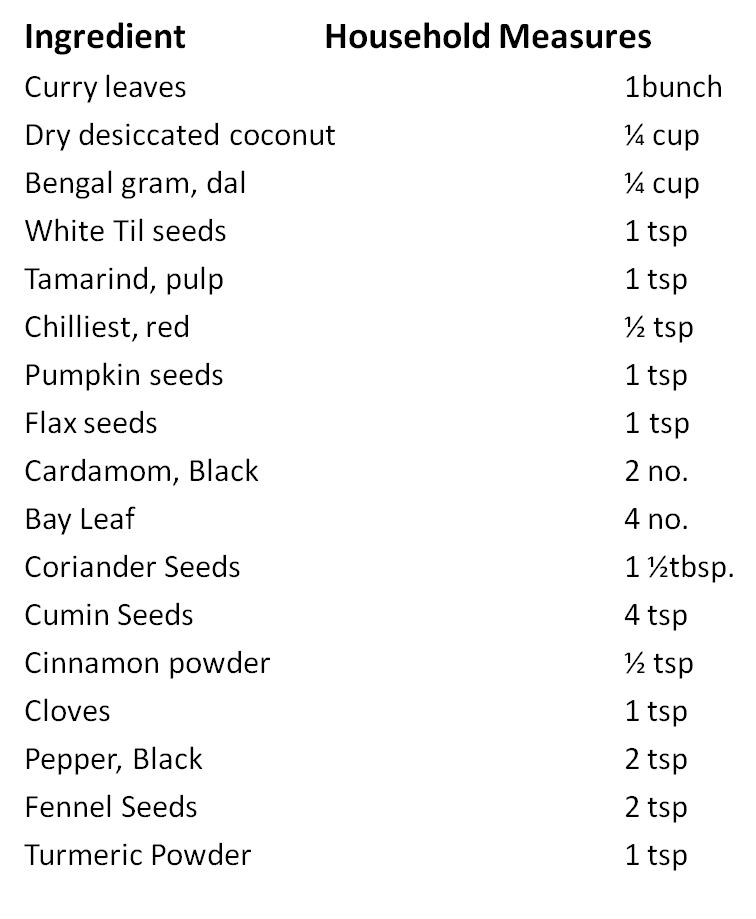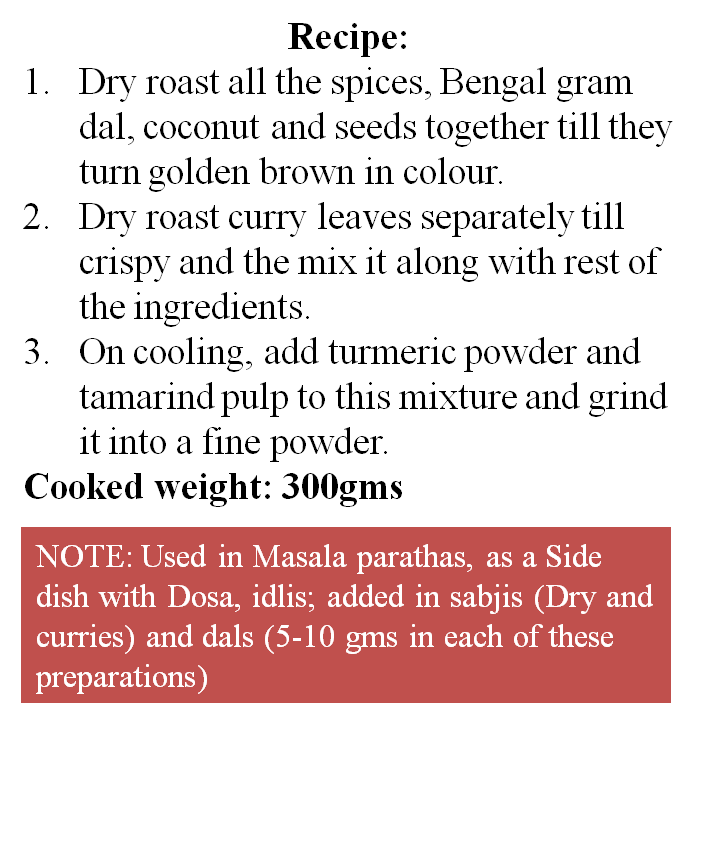Overview
The health status of a nation reflects the economic, political and socio-culture status of the nation. The geographical areas, GDP, economic growth rate, production… do not necessarily directly reflect the health status of the nation. India might be far ahead in GDP than the tiny, smaller nations like SriLanka and Iran, yet they are far ahead of us when it comes to control of maternal mortality.
For the better future of a nation, investment in human capital is a key factor. According to the World Bank the investment in human capital includes mainly investment and policies around education, public health and food security.
Nutrition includes not only sufficient availability and access to food but also to essential nutrients such as Proteins, Carbohydrates, Vitamins, Fats and water in proper proportion. Absence of this will lead to conditions like anemia, stunting , wasting, lower immunity and incidence of illness, infants and maternal deaths etc.
Health
Health is defined by WHO as a sense of physical, Mental and Social well- being and not merely an absence of a deformity. In recent years the definition has been improved by including “the ability to lead socially and economically productive life”.
Health is determined by multiple factors both internal and external. Internal factors are the genetic traits of an individual. The external factors include environmental factors such as disease producing agents, climate, soil, water and sanitation, housing, education, occupation, economic condition, access and availability of public health services.
Indian scenario
India has made great progress in health over the years. Life expectancy is now 68 years; it was 33 in 1947. It became polio free in 2014. The sex ratio has gone up from 933 in 2001 census to 943 in 2011 census.
India has made impressive achievement in MMR over the years. According to the latest SRS estimates, the Maternal Mortality Ratio (MMR) of India was 130 per one lakh live births (2014-16) as compared to 178 in 2010-12. The Crude Birth Rate (CBR) is down by 25.4% in 2001 to 20.4% in 2016. Infant and childhood mortality-reduction continued to be national priority since the First Five Year Plan. It has come down from 114 (1980) to 34 (2016).
Yet much more to achieved, our MMR is still 130 (per 100,000 live births) where our neighboring smaller countries have reached far ahead. For eg: Iran MMR -25, SriLanka MMR – 30.
Top statistics show serious reverse trends. In top 10 Causes of Deaths in India (age below 1 year) Prematurity & low birth weight is the major cause of death. It had contributed to 27.3 % in (2004-2006) and has increased up to 35.9 % during (2010-2013) At population level, the proportion of infants with a low birth weight is an indicator of a multifaceted public health problem that includes long-term maternal malnutrition, ill health and poor health care in pregnancy.
This indicates the inadequate investment on health in India. Government expenditure on health is around 1% of GDP. This has resulted in Inadequate financial protection in health and high out of pocket (OOP) expenses more than 62% of spending on health by Indians represents OOP and around 60 million people are pushed into poverty due to OOP. The National Health Policy 2017, approved by government , aims for health expenditure by government to 2.5% by 2025 and achieve universal access to good quality health care services. This is well below the world average of 5.99 % . The policy advocates a progressively incremental assurance-based approach to health care provision. It is not saying, ‘Health’ is a fundamental right which means no legal consequences for failure to provide health services.
Thers is a need for major focus on health related issues particularly related to Women and Child.
Nutrition
Nutrition is a science that interprets the interaction of nutrients and other substances in food in relation to maintenance, growth, reproduction, health and disease of an organism. It includes food intake, absorption, assimilation, biosynthesis, energy metabolism, catabolism and excretion.
Importance of Nutrition
To get energy for the growth, heal wear and tear of the body tissue and a strong immune system. To maintain biological metabolism, reduce the diseases and finally to maintain the good health which means physical, mental, social and spiritual well-being of the person.

Functions of food
In all you need 40 essential nutrients – namely 10 essential amino acids, 15 vitamins (vit), 14 minerals and 1 essential fatty acid. All of them work like a team in your body. They are obtained through a balanced diet which is comprised of items from all 5 food groups.
Anaemia
Anaemia has a wide variety of causes. Although iron deficiency is considered to be the most common cause of anemia, other causes include acute and chronic infections that result in inflammation and blood loss; and genetically inherited traits, such as thalassemia. Other conditions (malaria and other infections, genetic disorders, cancer) also play a role. Lack of Sanitation, Diarrhea.
Nutritional anemia or iron deficiency anemia is one of the serious health issue in India. It compromises the immune system and makes the person vulnerable for infections. It has physical as well as economic impact. Iron-deficiency anemia is directly linked to malnutrition and poverty.
Anemia caused 20% of maternal deaths in India and was the associate cause in 50% of maternal deaths, according to a 2014 study published in Nutrition. An anemia during pregnancy also increases the chances of foetal deaths, abnormalities, pre-term and underweight babies. Last year, India reported anemia among 45% of its pregnant women–the highest in the world–even though there has been a fall of 12% in the last ten years, as IndiaSpend reported in September 2016.
Economic impact – Iron-deficiency anaemia “reduces the work capacity of individuals and entire populations, bringing serious economic consequences and obstacles to national development’’, World Health Organization (WHO).
Anaemia has led to 17% loss in productivity among workers engaged in heavy physical labour and a 5% dip in the output of moderately active workers, besides causing cognitive deficits up to 4% in malnourished children, according to 2002 study published in the Journal of Nutrition.
India loses 0.9% of its gross domestic product (GDP) due to iron-deficiency anaemia, according to a 2003 paper published in Food Policy. This could mean a loss of up to $20.25 billion (Rs.1.35 lakh crores), according to the World Bank’s estimate of India’s GDP in 2016.
*(Ref: HEALTH AND FAMILY WELFARE STATISTICS IN INDIA 2017, Nutrition Landscape Information System (NLiS) -WHO, SRS Bulletin September 2017 Sample Registration System, Office of Registrar General, India., “Health spending to be 2.5% of GDP- The Hindu – New Delhi, March 17, 2017, http://timesofindia.indiatimes.com/articleshow/56897993.cms?utm_source=contentofinterest&utm_medium=text&utm_campaign=cppst.
A research paper by Jay Ross and Susan Horton, published by the Micronutrient Initiative in 1998, gives evidence of the effect of iron deficiency on cognitive development. Iron Deficiency anaemia is most common in many countries. This paper has estimated the economic losses due to cognitive delays in children, lower productivity among adults, and premature births. Anemia is also an important cause of maternal death in many countries, and although it is possible to estimate the magnitude of this problem. One cannot attempt to estimate its social and economic impacts.
Nourishing India – National Nutrition Strategy, Government of India is India’s Strategy by NITI Aayog which talks about India’s current scenario with regards to nutrition, focus areas where extensive care is needed with a Vision 2022 of “Kuposhan Mukta Bharat” This is elaborated as “Healthy, optimally nourished children, realizing their growth and development potential, active learning capacity and adult productivity”
This is a research paper by Anand T, Rahi M, Sharma P, Ingle GK published in 2014. It says The question, therefore, is why, despite being the first country to launch the National Nutritional Anemia Prophylaxis Programme in 1970, the problem of Iron Deficiency Anaemia (IDA) remains so widespread. As is to be expected, the economic implications of IDA are also massive. The issues of control of IDA in India are multiple. Inadequate dietary intake of iron, defective iron absorption, increased iron requirements due to repeated pregnancies and lactation, poor iron reserves at birth, timing of umbilical cord clamping, timing and type of complementary food introduction, frequency of infections in children, and excessive physiological blood loss during adolescence and pregnancy are some of the causes responsible for the high prevalence of anemia in India.





